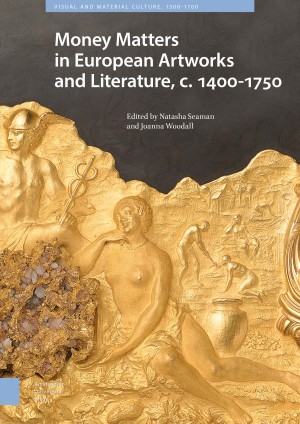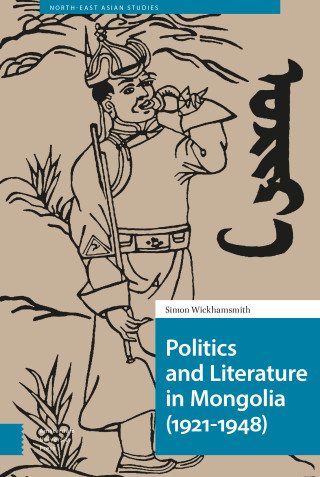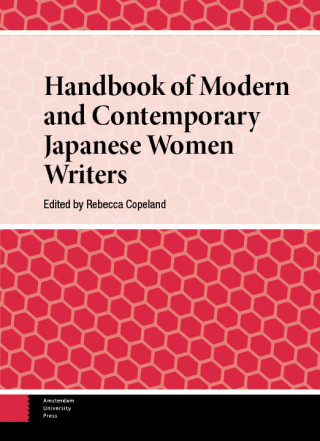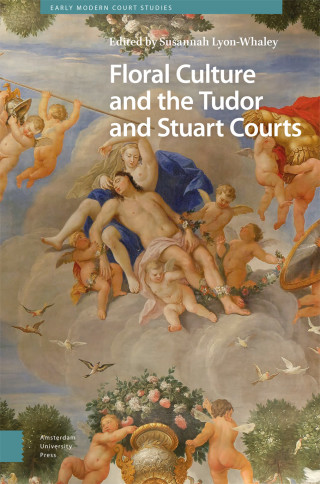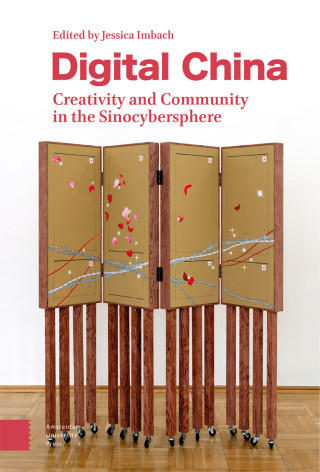Money Matters in European Artworks and Literature, c. 1400-1750 focuses on coins as material artefacts and agents of meaning in early modern arts. The precious metals, double-sided form, and emblematic character of coins had deep resonance in European culture and cultural encounters. Coins embodied Europe’s power and the labour, increasingly located in colonised regions, of extracting gold and silver. Their efficacy depended on faith in their inherent value and the authority perceived to be imprinted into them, guaranteed through the institution of the Mint. Yet they could speak eloquently of illusion, debasement and counterfeiting.
A substantial introduction precedes essays by interdisciplinary scholars on five themes: power and authority in the Mint; currency and the anxieties of global trade; coins and persons; coins in and out of circulation; credit and risk. An Afterword on a contemporary artist demonstrates the continuing expressive and symbolic power of numismatic forms.

